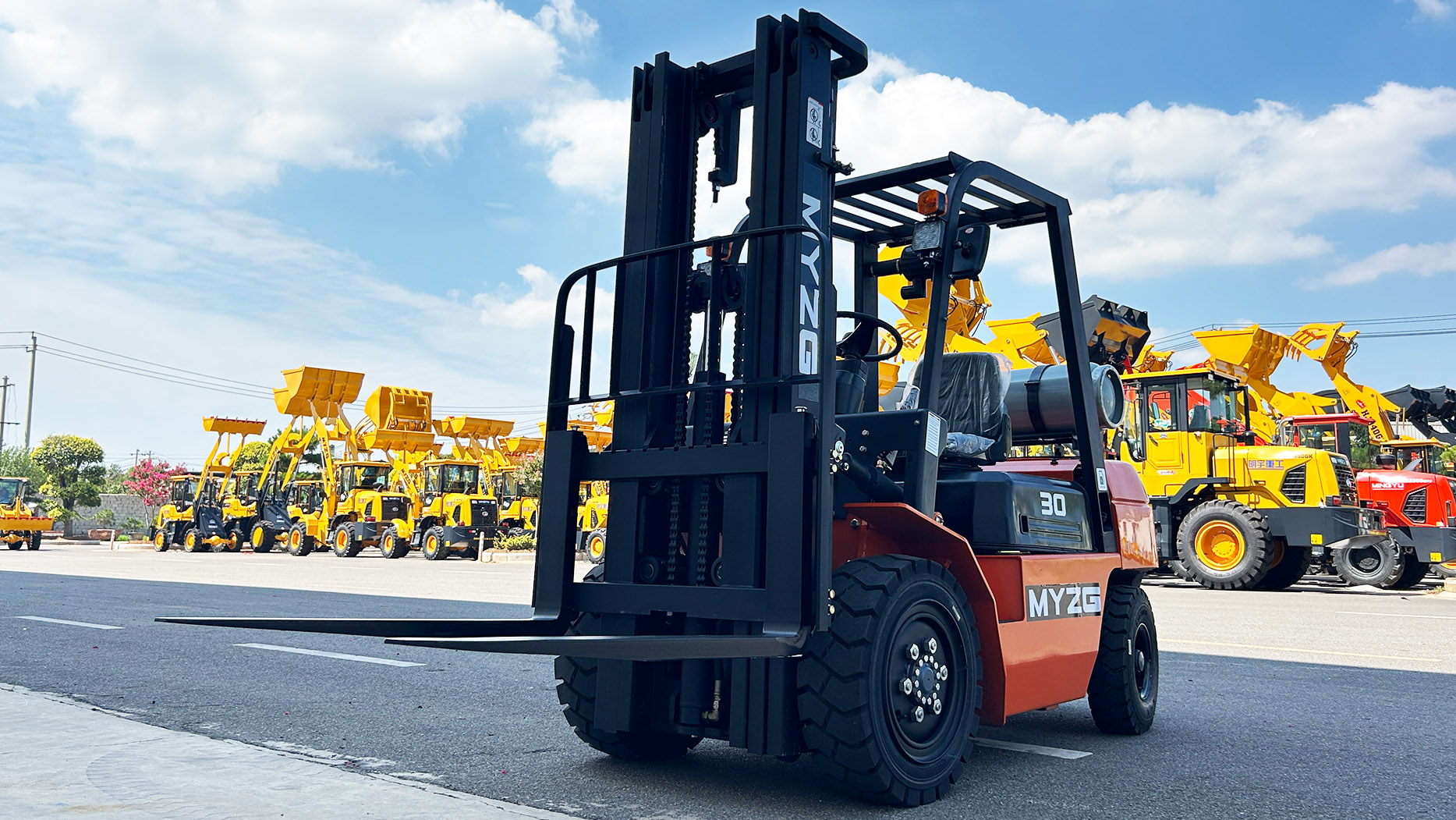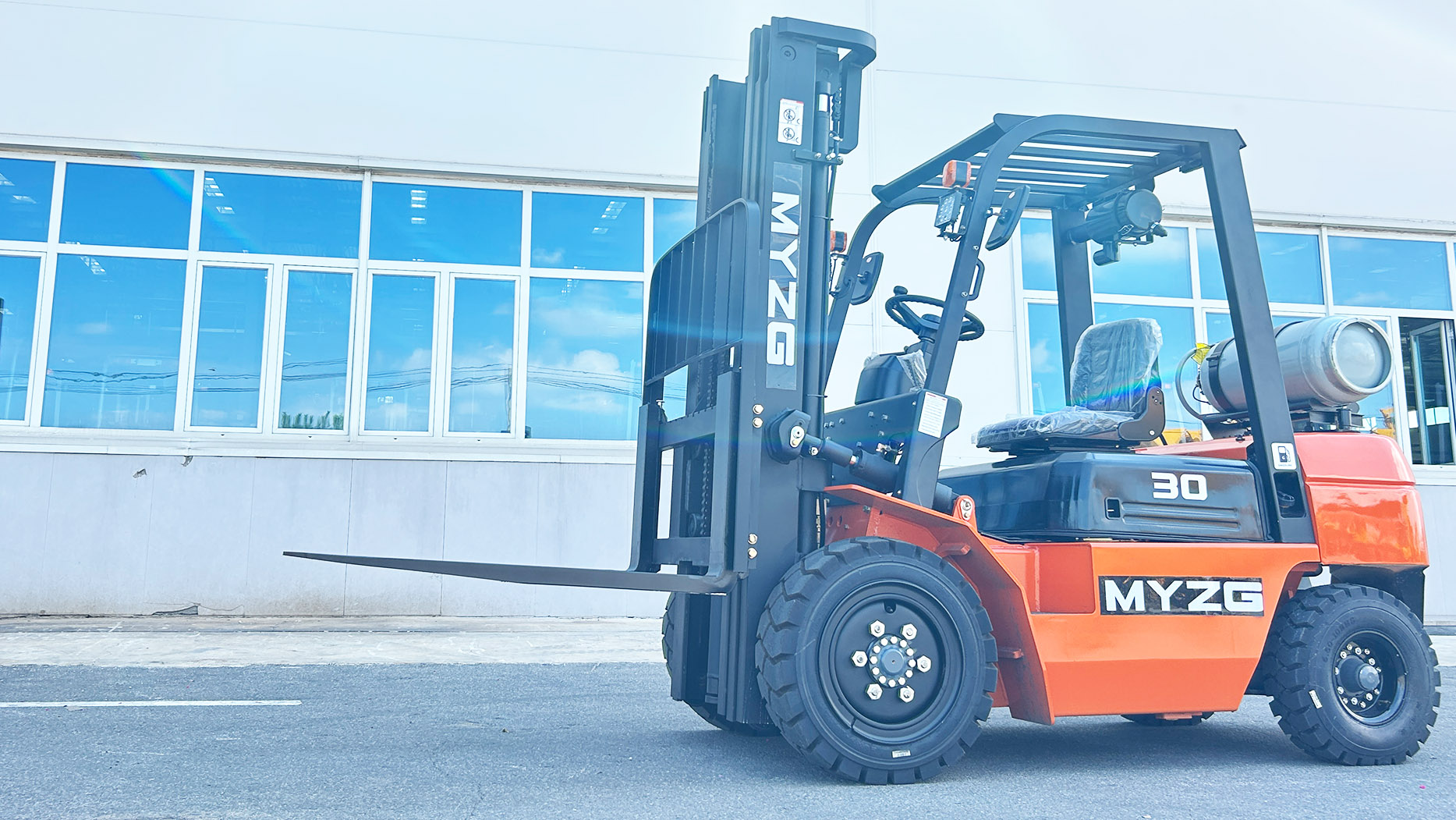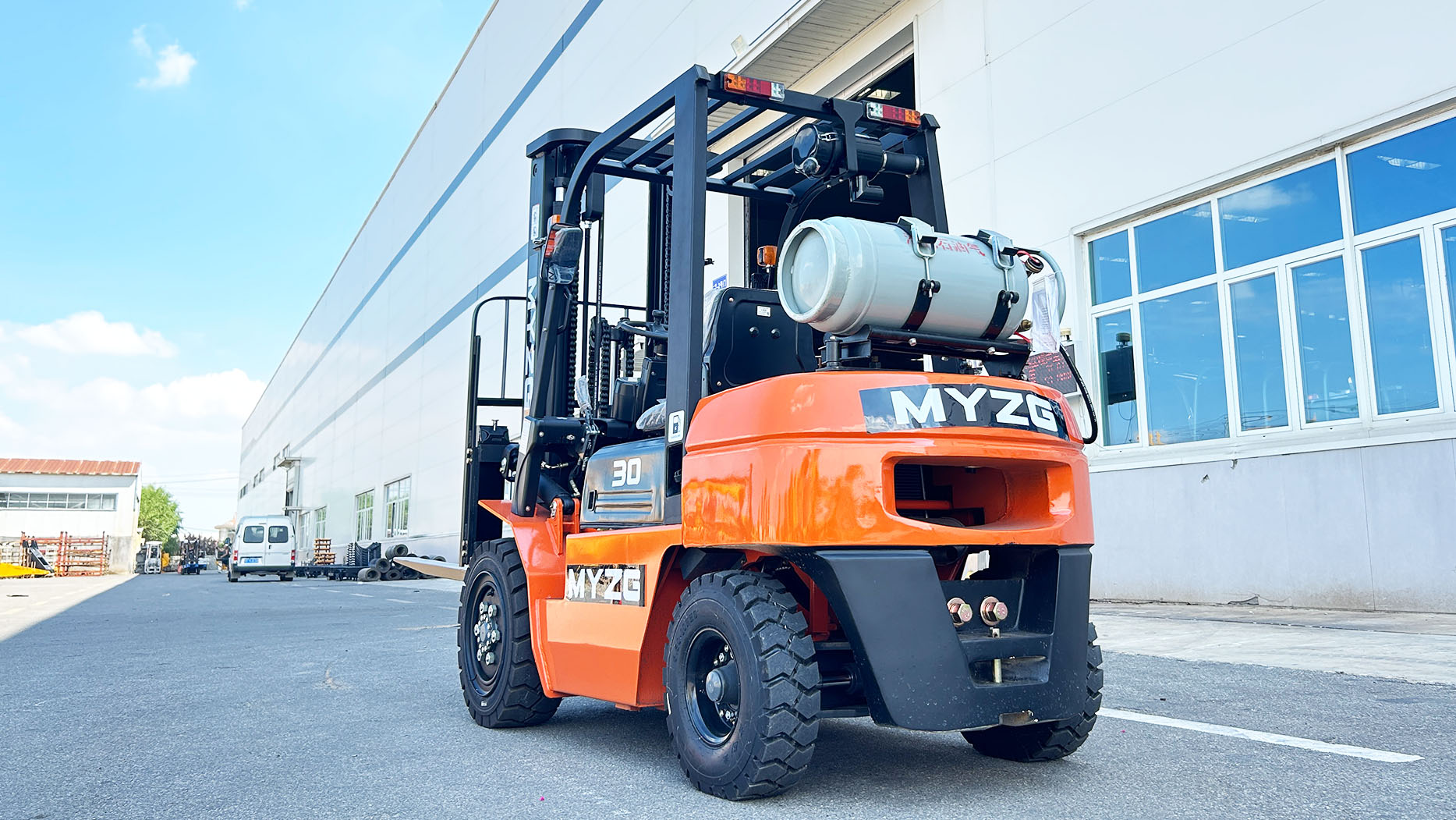LPG dual-fuel forklifts are popular for their operational flexibility, allowing businesses to switch between liquefied petroleum gas (LPG) and gasoline to suit different environments – indoors for cleaner emissions with LPG, and outdoors for robust power with gasoline. While this adaptability is a significant asset, understanding the typical lifespan and associated maintenance costs is crucial for any business considering this investment. These factors directly impact the total cost of ownership (TCO) and the long-term value a dual-fuel forklift provides.
The lifespan and maintenance expenses of an LPG dual-fuel forklift are influenced by a complex interplay of factors, including usage intensity, operating environment, adherence to maintenance schedules, and the quality of the original equipment manufacturer.
Typical Lifespan of an LPG Dual-Fuel Forklift
The lifespan of any forklift is generally measured in operating hours rather than calendar years, as usage varies widely among businesses. For an LPG dual-fuel forklift, the average useful life typically falls within a range, but can be extended significantly with proper care.
Average Operating Hours: Most internal combustion (IC) forklifts, including LPG dual-fuel models, are designed to have a useful life of around 10,000 to 12,000 operating hours.
Calendar Years: Assuming an average of 1,000 to 2,000 operating hours per year (e.g., a single 8-hour shift, 5 days a week), this translates to an average lifespan of 5 to 10 years.
Factors Influencing Lifespan:
Usage Intensity: Forklifts used continuously for multiple shifts (heavy use) will accumulate hours much faster and typically have a shorter calendar lifespan than those used sporadically (light use).
Operating Environment: Harsh conditions like extreme temperatures, dusty environments, corrosive atmospheres, or constant operation on rough, uneven surfaces will accelerate wear and tear, potentially shortening the lifespan.
Maintenance Practices: This is perhaps the most critical factor. Strict adherence to the manufacturer's recommended maintenance schedule significantly extends the life of the engine, transmission, and hydraulic systems. Neglect, on the other hand, can drastically reduce it.
Operator Behavior: Smooth operation, avoiding rapid acceleration and braking, and preventing overloading contribute to longer component life. Aggressive or abusive operation can lead to premature wear.
Quality of Manufacture: Forklifts from reputable brands, known for using high-quality components and robust engineering, tend to last longer. Brands like MYZG and MINGYU (often referring to manufacturers offering competitive equipment) are continually improving their build quality, which contributes to a longer useful life when properly maintained.
Component Overhauls: Major overhauls of the engine or transmission can significantly extend the operational life of the forklift beyond its initial expected hours, though at a considerable cost.

Maintenance Cost of an LPG Dual-Fuel Forklift
Estimating the precise maintenance cost can be challenging, as it varies based on location, service provider rates, parts availability, and the specific model. However, we can outline typical ranges and key factors.
Average Per-Hour Maintenance Cost: For internal combustion (IC) forklifts, which include LPG dual-fuel models, maintenance costs generally range from $1.50 to $4.00 per operating hour. Some estimates fall around $2.00 per hour for propane (LPG) forklifts specifically.
Annual Maintenance Cost: Based on an average of 1,000 to 2,000 operating hours per year, this translates to an annual maintenance cost of approximately $1,500 to $8,000. The higher end of this range is typically for older machines, heavy usage, or when significant repairs are needed.
Key Factors Driving Maintenance Costs for LPG Dual-Fuel Forklifts:
Dual Fuel Systems Complexity:
More Components: Having both gasoline and LPG fuel systems means more parts that can potentially wear out or require servicing. This includes two fuel filters, a gasoline fuel pump, and specialized LPG components like the vaporizer/regulator, lock-off valve, and unique fuel lines.
LPG System Specifics: The LPG vaporizer/regulator can occasionally freeze up or develop leaks over time, requiring service or replacement. The LPG fuel lines also need regular inspection for wear or damage.
Switching Mechanism: The electronic or mechanical components that allow seamless switching between fuels also require inspection and can fail.
Engine Type:
Internal Combustion Engine: Like all IC engines, a dual-fuel forklift engine requires regular oil changes, spark plug replacement, air filter changes, and coolant system maintenance. These are recurring costs that electric forklifts, for example, don't have.
Tune-ups: Periodic engine tune-ups are necessary to ensure optimal combustion on both gasoline and LPG, which can involve adjusting fuel-air mixtures and checking ignition timing.
Hydraulic System:
Fluid and Filters: Regular hydraulic fluid changes and filter replacements are critical for the longevity of the hydraulic pump and cylinders.
Hose and Seal Leaks: Hoses and seals can degrade over time, leading to leaks that require repair.
Tires:
Wear and Tear: Tires are a significant maintenance expense, especially on forklifts used on rough or abrasive surfaces. LPG dual-fuel forklifts are often used outdoors, which can accelerate tire wear.
Type: Pneumatic tires (common on these models) are more prone to punctures than solid cushion tires, adding to repair costs.
 Brakes:
Brakes:
Wear: Brake pads/shoes and brake fluid need regular inspection and replacement based on usage. Heavy braking or continuous use will lead to faster wear.
General Wear and Tear:
Moving Parts: Components like mast rollers, chains, steering linkages, and forks experience wear. Regular lubrication and inspection are key to minimizing replacement frequency.
Electrical System: While simpler than an electric forklift's power system, the electrical components (starter, alternator, wiring) still require checks and can incur costs.
Service Intervals:
Adhering to the manufacturer's recommended maintenance schedule (e.g., every 250, 500, 1,000 hours) is paramount. Missing services often leads to more costly repairs down the line.
Labor Rates and Parts Availability:
The cost of labor for technicians varies geographically. The availability and cost of genuine OEM parts versus aftermarket parts also impact overall maintenance expenses. For brands like MYZG and MINGYU, part availability and pricing can be a key consideration, and it's essential to confirm local dealer support.

Maximizing Lifespan and Minimizing Costs
To get the most out of your LPG dual-fuel forklift and manage its TCO effectively:
Implement a Strict Preventative Maintenance Program: Follow all manufacturer-recommended service intervals. This proactive approach catches minor issues before they become major, expensive repairs.
Operator Training: Train operators on proper operation, minimizing idle time, avoiding overloading, and understanding safe fuel switching and refueling procedures. Responsible operation significantly reduces wear and tear.
Daily Checks: Encourage operators to perform thorough pre-shift inspections to identify immediate concerns.
Use Quality Fuels and Parts: Using clean, high-grade LPG and gasoline, along with genuine replacement parts, helps protect the engine and fuel systems.
Monitor Usage and Environment: Track operating hours and be aware of how environmental factors might necessitate more frequent maintenance.
Consider Maintenance Contracts: Many dealerships offer full-service maintenance contracts that can help budget and often reduce overall repair costs by ensuring consistent, professional servicing.
In conclusion, an LPG dual-fuel forklift typically offers a useful lifespan of 10,000 to 12,000 operating hours (or 5-10 years), with maintenance costs averaging $1.50 to $4.00 per hour. While their dual fuel systems introduce additional components and complexities compared to single-fuel units, their versatility remains a significant draw for many operations. By prioritizing diligent preventative maintenance, responsible operation, and considering the long-term support from manufacturers like MYZG and MINGYU, businesses can maximize the lifespan and manage the operational costs of these adaptable workhorses in their fleet.
Post time:Aug.04.2025
